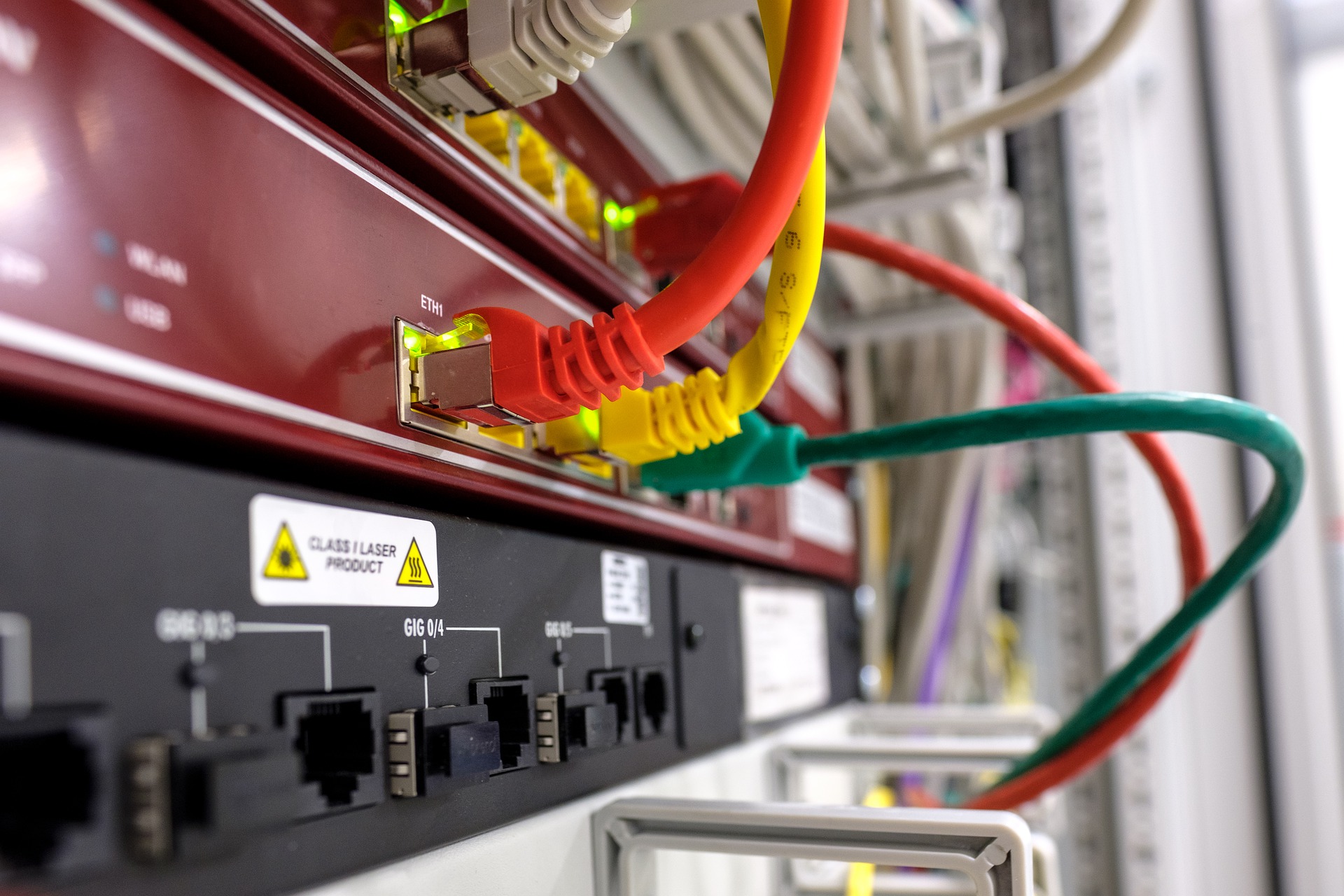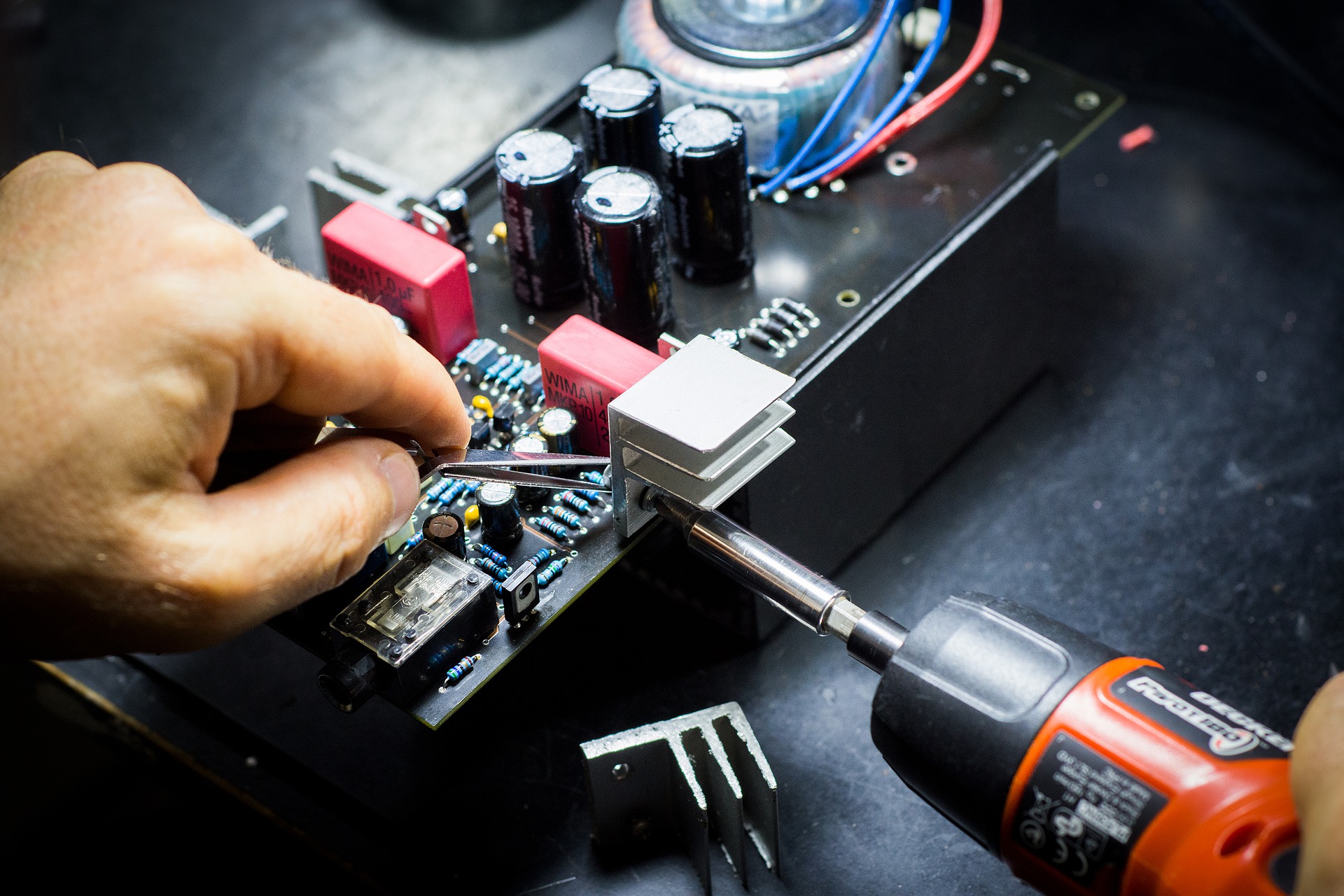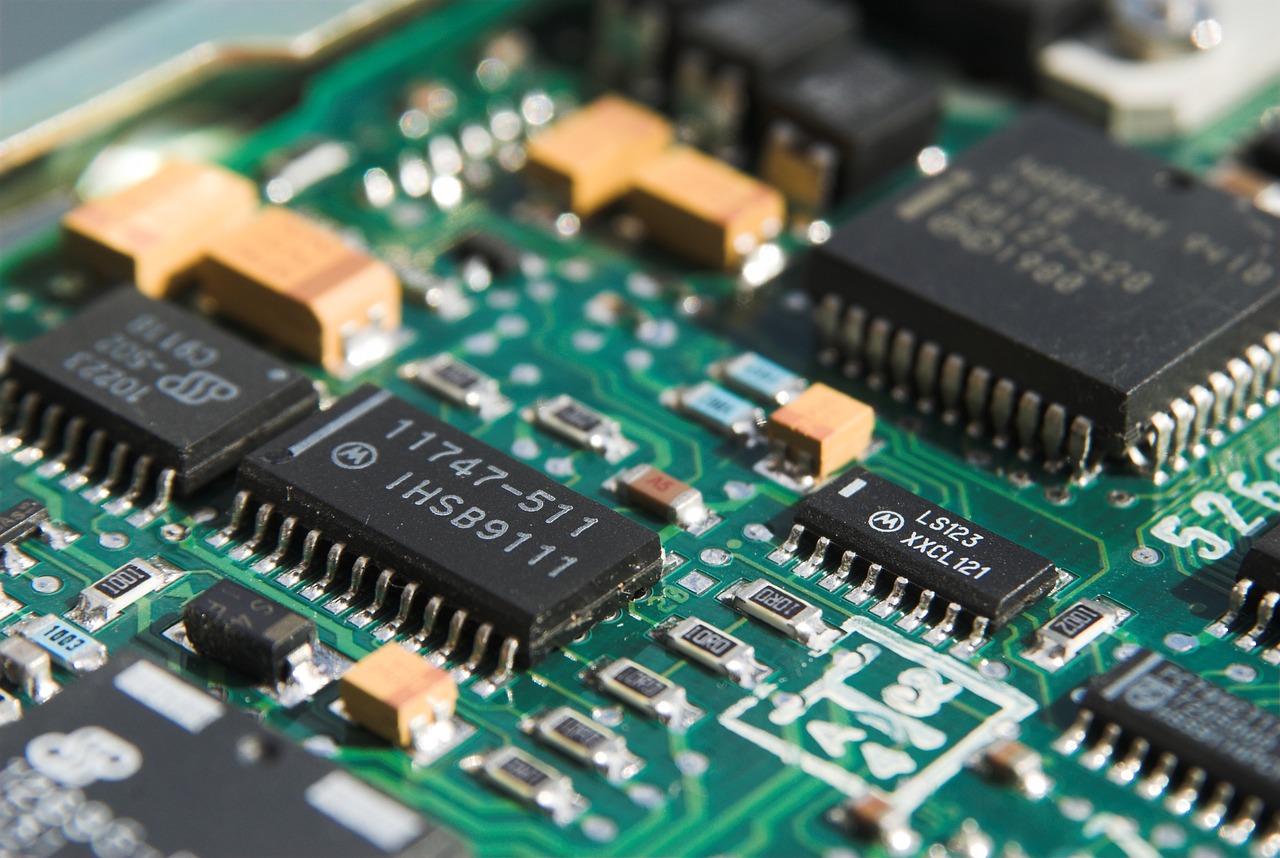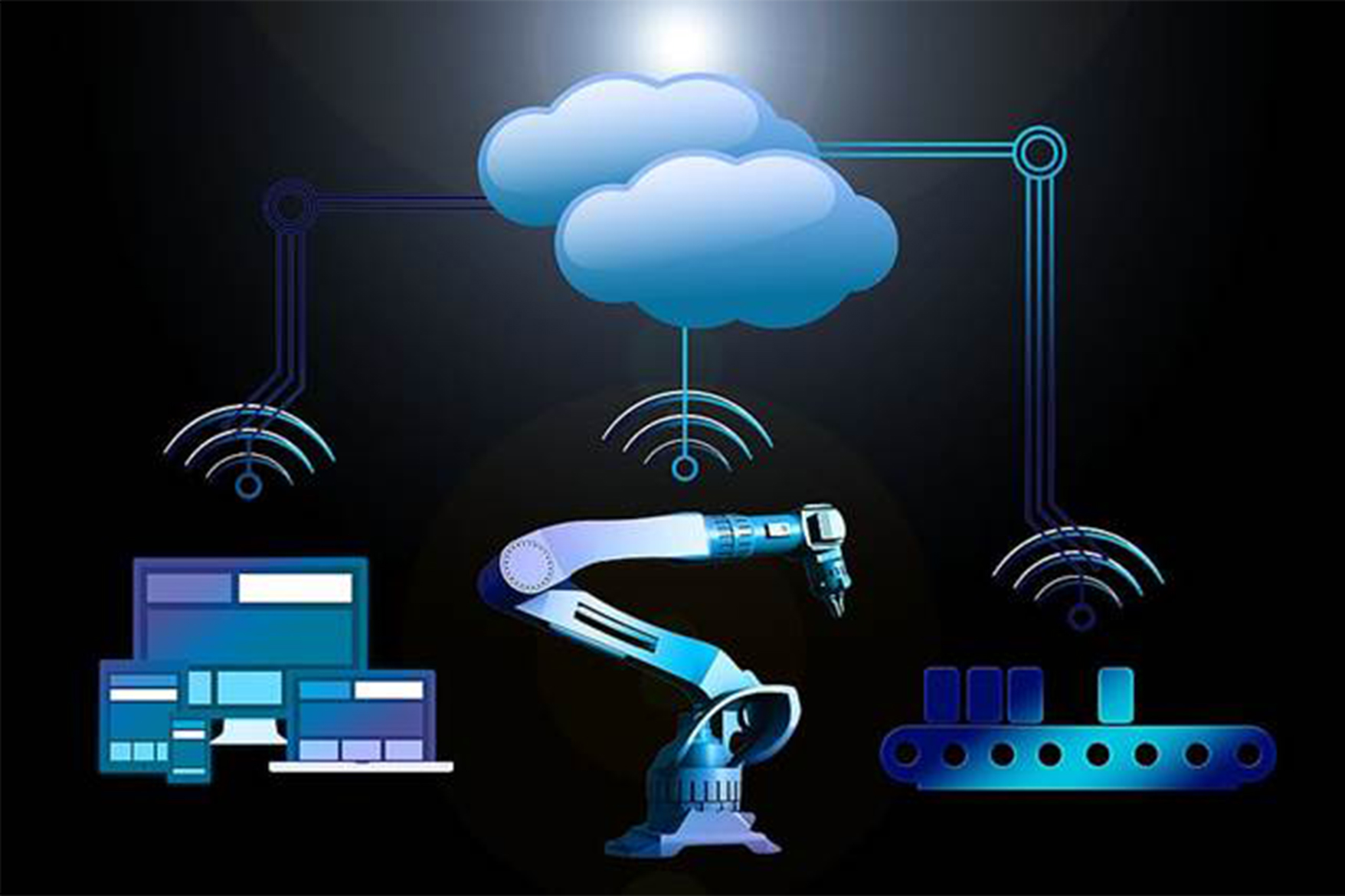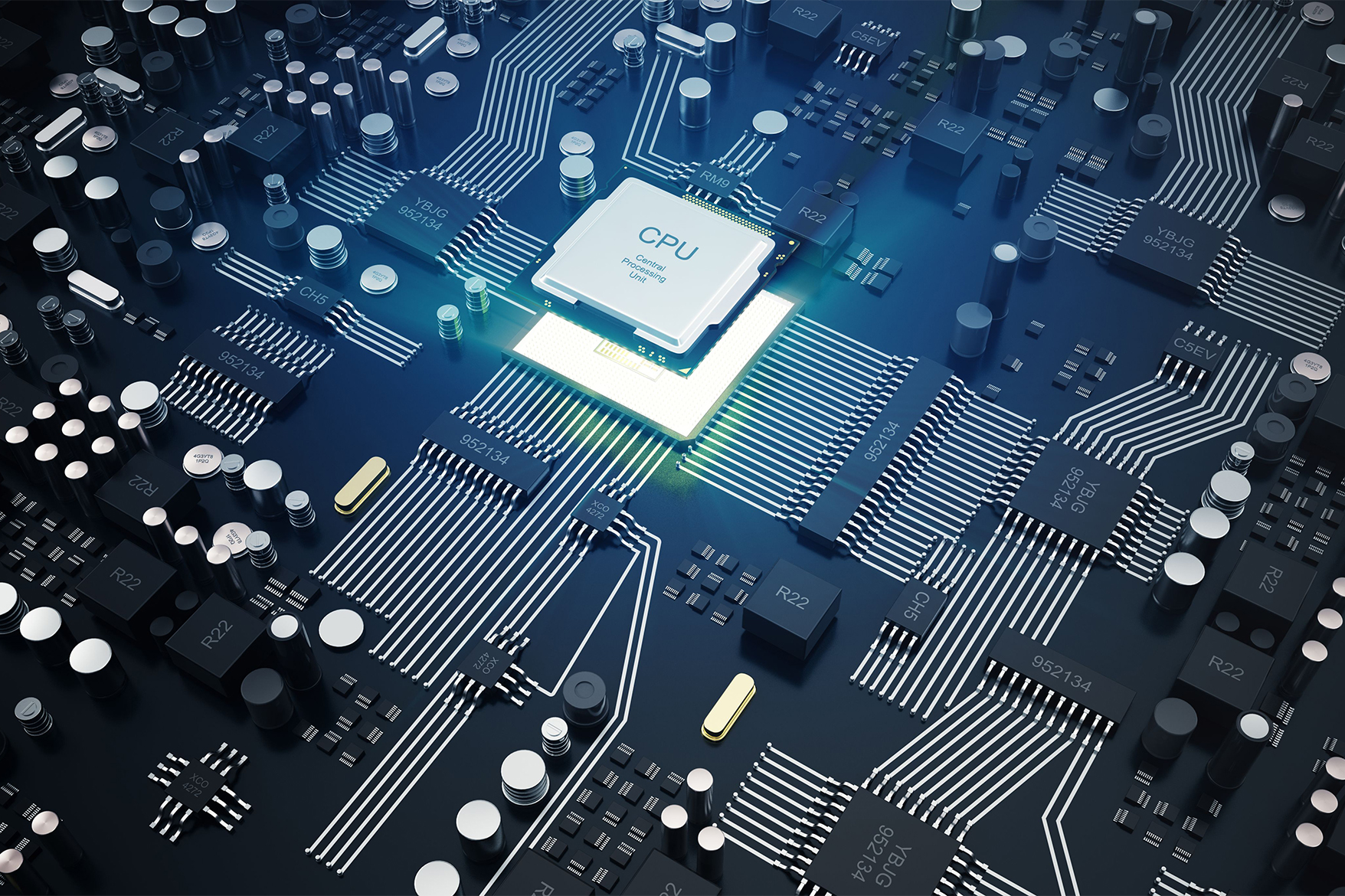IIoT edge devices play a key role in processing, handling, and delivering an enormous amount of data coming from a vast array of field devices installed across the plant(s). It has opened great opportunities for both revenue generation as well as cost optimization by gathering critical field information.
Though industries can reap a plethora of benefits from edge computing, it is also subject to many security vulnerabilities. IoT edge devices are the target for attackers since these devices are the entry/exit point for data flow between the IT and OT worlds. A minor leakage of critical field data may cause a huge loss to the enterprise.
Various Common Security Challenges with IIoT Edge Devices in 2021
Some of the common security challenges faced by the industrial enterprises when comes to edge devices are:
- Physical Damage: Edge devices can be placed at remote locations which can attract an array of attackers to tamper with the edge device. Damaging the edge device may not only cause troubles in network, but can cause a whole lot of contingencies for the network.
- Lack of Proper Security Measures: At times, the security measures taken to protect the edge devices are not efficient. Weak and outdated password may give way to serious security attacks.
- Inefficient Wireless Security Settings: When edge devices are connected with each other or to the IT layer wirelessly, an outdated or insecure WEP or WPS wireless security services may allow the attackers to breach the network and gain access to critical data.
- Out-of-date Firmware: Edge devices regularly require firmware updates. If the edge devices do not receive firmware updates, some of the critical updated security features may remain absent. Such as distributed denial-of-service (DDoS) mitigation. Updated security features in the firmware would help mitigate the security risks.
- Challenges in Scaling the Architecture: Having weak security measures in place, it becomes really challenging to scale up the architecture to support more edge devices.
How to Overcome the Security Challenges of IoT Edge Devices?
With increasing importance of field data, the significance of edge security is gaining momentum. Some of the prominent ways, the security risks on the edge devices can be mitigated are:
- Implement a Hardware Security Module and End-to-end Encryption: Companies must assess the flaws in all their IIoT edge devices by focusing on the fundamental security measures. The sensitive information that is communicated between multiple edge devices is usually unencrypted. You can secure your IoT edge devices by implementing end-to-end encryption keys in a random mechanism.
- Secured Interfaces: The industries should try to keep the management interfaces from getting exposed to public networks as it can be risky. For this purpose, the industries should impose strict access control and device configuration settings to keep the secure the hosts.
- Multi-factor Authentication(MFA): Multi-factor authentication is a method of combining two or more levels of security to gain access to IIoT edge devices. It comprises of a knowledge factor that asks the username, a password , a possession factor that typically verifies a detail via a smartphone, and biometric details such as voice or facial recognition, fingerprints, retina scans, etc. Adding MFA to your IoT devices is essential and you can hire trusted testing as a service provider to get a secure MFA solution.
- Automated Monitoring: The edge devices should have the capability of remote logging with special emphasis on sensitive commands and account functions. Remote logging records the accesses which can be identified later on to assess the device health information and to detect any anomalous behavior. This can be efficiently done with edge device management solution.
- Robust Access Control: A strong access control solution can help prevent a security breach. There are various kinds of access control and authentication models. Some of the mainstream models are discussed below:
- RBAC– Role-based Access Control model manages the access according to the hierarchy of rights and permissions that are given to specific roles. Multiple users are grouped to enable access to similar resources.
- ORBAC– Organizational Based Access Control model was designed to address RBAC issues, thus, increasing its flexibility.
- ABAC– Attribute-based Access Control or Policy-based Access Control model grants access to the users based on the policies that combine different attributes. This model allows more fine-grained access and is more appropriate for the edge computing environment as compared to the other models.
- CapBAC– Capability-based Access Control model has a distributed approach where authorization decisions can be made conveniently without deferring to any centralized authority. This model is ideal for IoT edge devices that are resource-constrained as there is no need to manage complex policies or lengthy protocols.
- UCON– Usage Control model is apt for a distributed environment that comprises a grid as well as cloud computing platforms. It covers authorizations, conditions, obligations, continuity, and mutability, boasting more flexibility than other traditional models.
- Patch the Loopholes: The malicious attackers constantly look for new ways to gain access to the existing IIoT edge devices through the weak points. In case you find any vulnerability, it is important to patch it soon and prevent any unauthorized access by hiring the best product engineering services.
Conclusion
Edge computing has transformed the way industries manage their data and it has indeed great prospects, but they also need to address possible security implications as IIoT edge devices are an easy target for attackers. Since the IIoT market is growing rapidly, cyber security professionals must be updated with the latest practices to ensure complete security of their edge computing infrastructure.
Utthunga is a reputed product engineering company that provides a wide range of industrial automation solutions, data migration services, digital transformation consulting, automated functional testing, and security engineering services to secure edge computing infrastructure of any size or type of industry.



